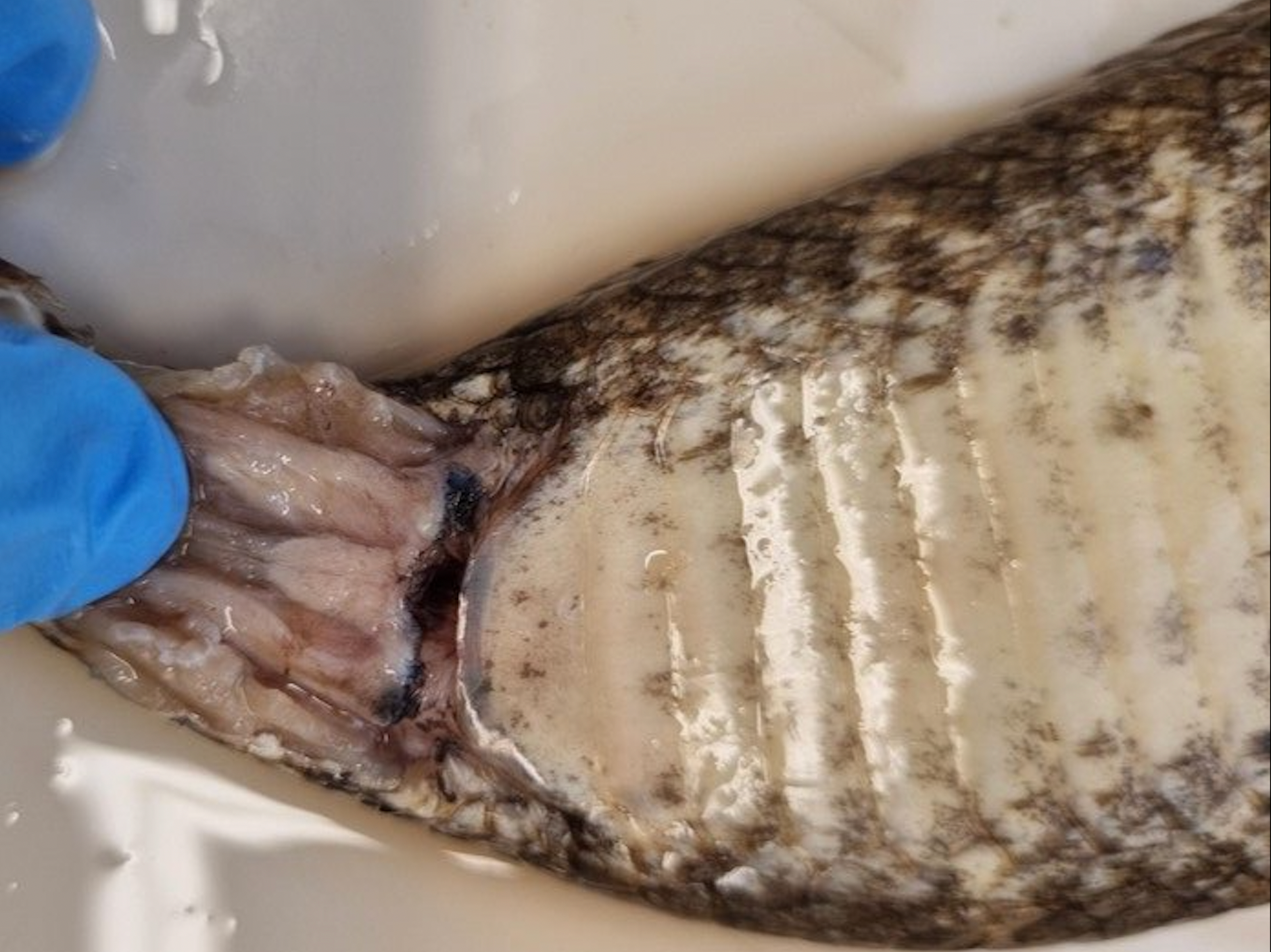Scientists finally discover ‘overlooked’ clitoris in snakes – not one, but two
‘Female genitalia across every species is unfortunately still taboo’
Your support helps us to tell the story
From reproductive rights to climate change to Big Tech, The Independent is on the ground when the story is developing. Whether it's investigating the financials of Elon Musk's pro-Trump PAC or producing our latest documentary, 'The A Word', which shines a light on the American women fighting for reproductive rights, we know how important it is to parse out the facts from the messaging.
At such a critical moment in US history, we need reporters on the ground. Your donation allows us to keep sending journalists to speak to both sides of the story.
The Independent is trusted by Americans across the entire political spectrum. And unlike many other quality news outlets, we choose not to lock Americans out of our reporting and analysis with paywalls. We believe quality journalism should be available to everyone, paid for by those who can afford it.
Your support makes all the difference.An international team of scientists has for the first time provided a detailed anatomical description of the female snake clitoris, an advance that could lead to better understanding of reptile evolution.
The findings, published in the journal Proceedings of the Royal Society B, counters the long-held assumption that the clitoris is either absent or non-functional in snakes.
Researchers, including those from the University of Adelide in Australia, said the findings also reflect on the bias in biological research due to which female genitalia are “conspicuously overlooked in contrast to their male counterparts across species”, despite studies over the last two centuries describing in detail the anatomical structure of the pair of penises – hemipenes – in male snakes under their scales.
“When asked the question it occurred to us that scientists have never thought to do this,” study co-author Jenna Crowe-Riddell from La Trobe University in Australia said in a statement.
“We are proud to contribute this research, particularly as female genitalia across every species is unfortunately still taboo,” added Megan Folwell from the University of Adelaide, who led the research.
In the study, scientists examined female genitalia – hemiclitores – in adult snake specimens across nine species and compared them to adult and juvenile male snake genitalia.
The snakes that were analysed in the study included the death adder, the Collett’s snake which is native to different parts of Australia, the Mexican ground pit viper found in Mexico and Central America, the puff adder in semiarid parts of Africa and Arabia and the Carpet Python seen in Australia and New Guinea.
Scientists used bio-imaging techniques and dissection to find the hemiclitores.
They found the “heart-shaped” snake hemiclitores are composed of nerves and red blood cells consistent with erectile tissue – suggesting they may swell and become stimulated during mating.
“This is important because snake mating is often thought to involve coercion of the female – not seduction,” said Kate Sanders, another co-author of the study from the University of Adelaide.
Based on the detailed analysis, scientists could complete a world-first anatomical description of the clitoris in female snakes.
Although the female hemiclitores was first described in lizards in 1995, it was thought to be vestigial in some reptile species.

“When you open up an anatomy textbook, and imagine you have a detailed drawing of the male genitalia, for the female genitalia a whole part of it is missing, essentially. So we’re filling in that missing spot,” Dr Crowe-Riddell said.
“Through our research we have developed proper anatomical descriptions and labels of the female snake genitalia,” Dr Sanders added.
The new findings can lead to a better understanding of snake sex and reproduction.
While previous research has suggested snake mating mainly happens via coercion, the new study suggested it might instead happen through “seduction”.
“Now we’ve got this anatomy, we can kind of flip the coercion assumption and say, well it could be seduction and that just hasn’t really been considered that much for snakes. It’s definitely considered for mammals,” Dr Crowe-Riddell explained.
“I think snakes have been left behind because they’re scaly and a bit, bit weird, honestly,” she added.
Scientists believe the findings can also help further understand the evolution and classification of these animals, including the reproductive evolution and ecology across snake-like reptiles, including lizards.
The research hinted there was still a lot left to unravel about the anatomy of even well-studied animals and the gender bias in zoological studies.
“This discovery shows how science needs diverse thinkers with diverse ideas to move forward,” Dr Sanders said.
Join our commenting forum
Join thought-provoking conversations, follow other Independent readers and see their replies
Comments